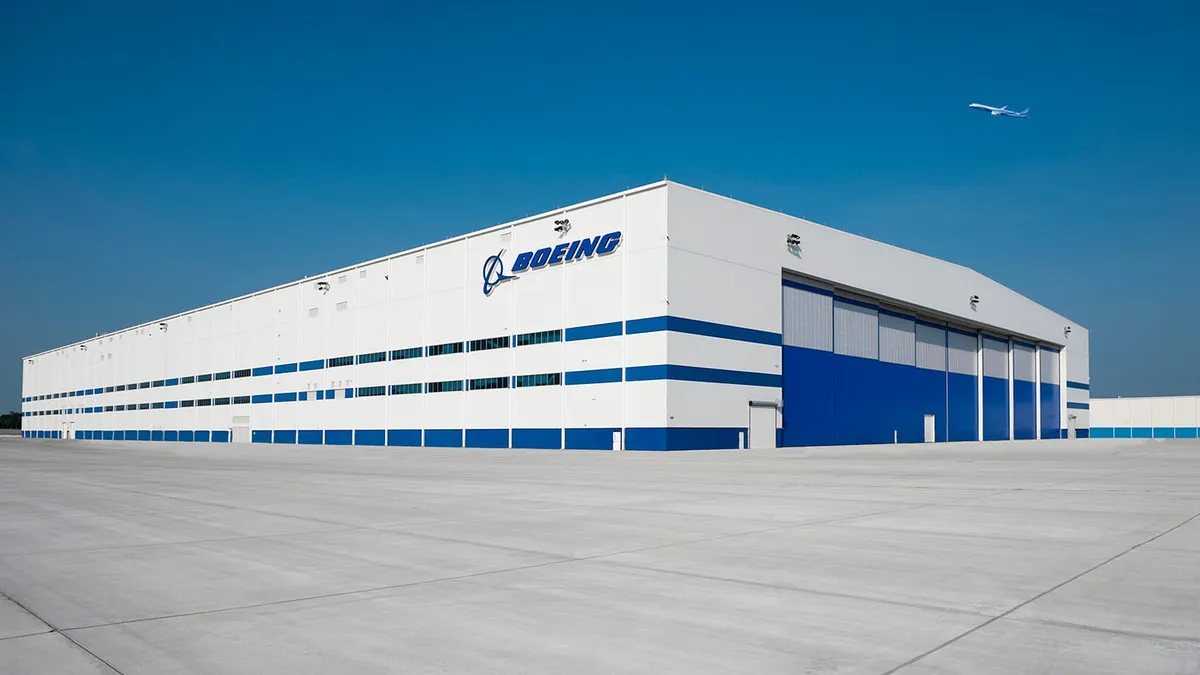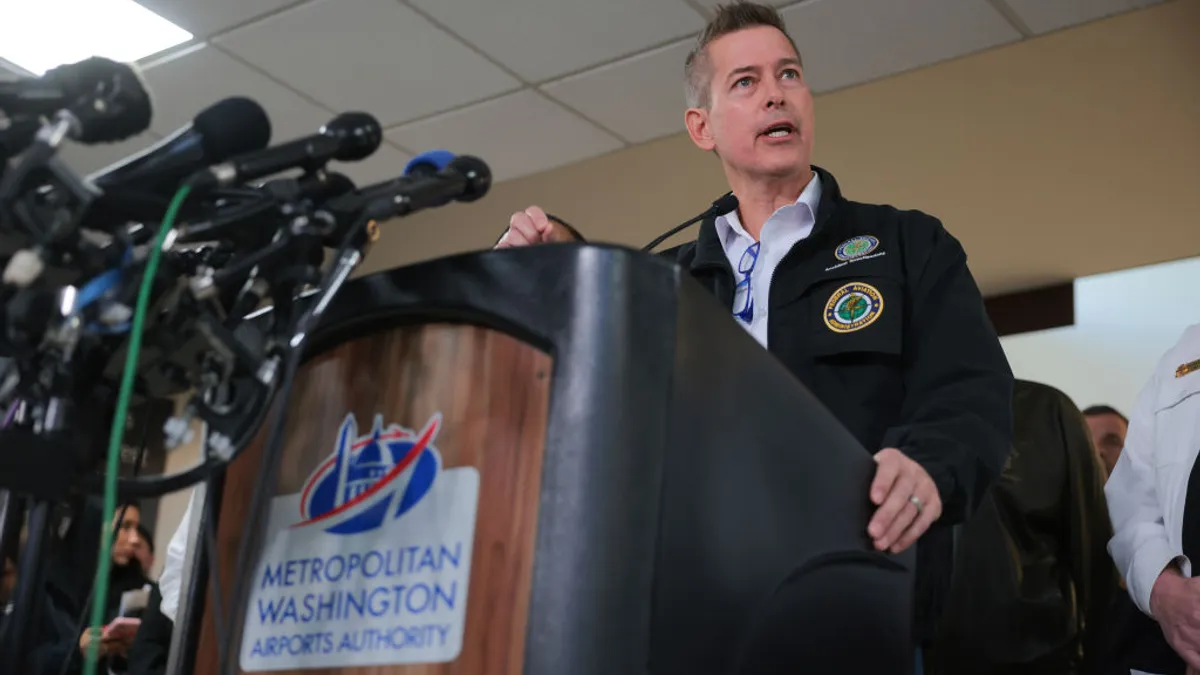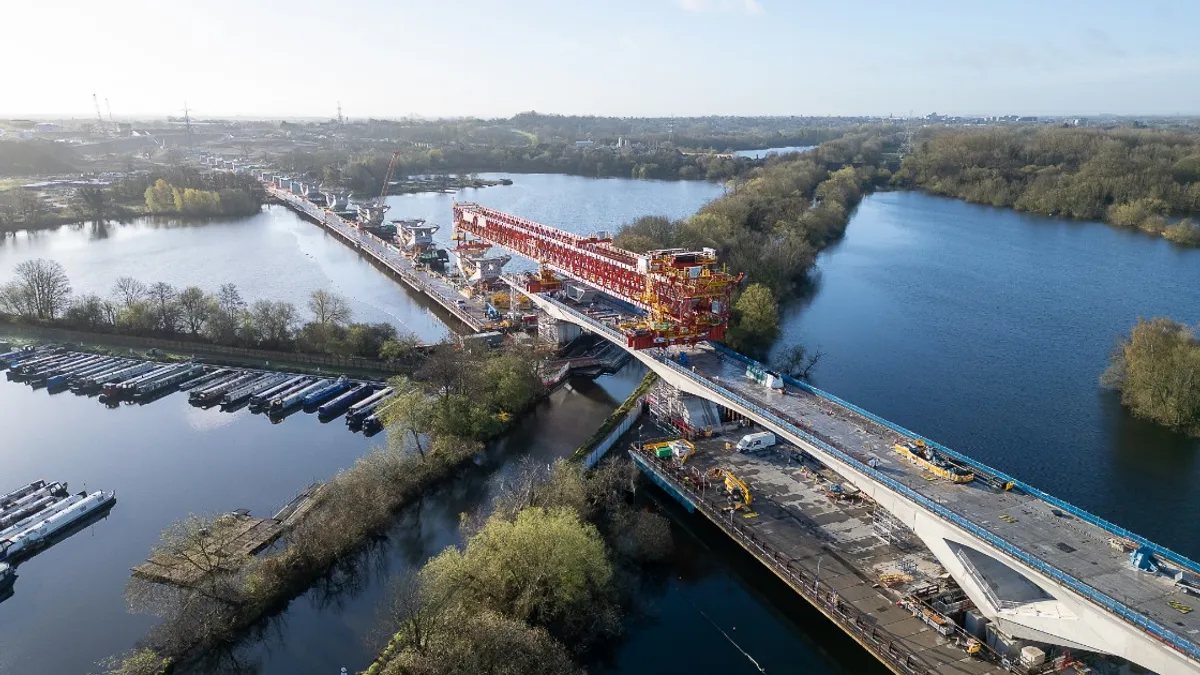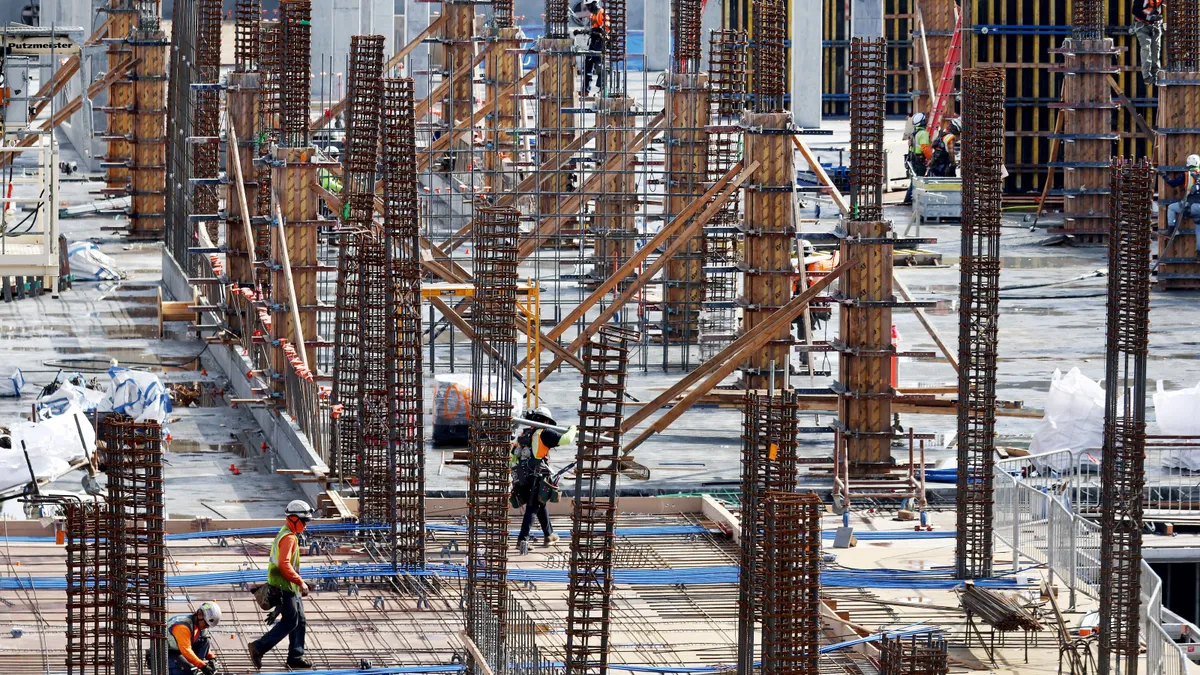President Biden promised the federal government would step in to cover costs to rebuild the Baltimore bridge that collapsed when a container ship slammed into it March 26, but ultimately, it will likely be a pool of reinsurance funds that bears the brunt of costs when everything is sorted out years from now, insurance specialists say.
Dali, the ship owned by Grace Ocean Private in Singapore that hit Francis Scott Key Bridge, is insured by the Britannia P&I club, one of about a dozen protection and indemnity clubs that cover most of the goods that ship globally across the oceans, Reinsurance News says.
These clubs, owned by shipowners, spread risk by pooling resources to buy the reinsurance that will cover the costs. In the case of Dali, the ship is covered by a reinsurance pool of up to $3.1 billion. It’s led by Axa, a french insurer that manages funds from some 80 insurance companies, The Wall Street Journal says.
Given the large pool of insurers involved in the Axa fund, the burden on each insurance company is expected to be manageable even if the ultimate price tag runs in the billions, as anticipated.
It’s “unlikely to be significant for individual reinsurers since it will be spread across so many,” Brandan Holmes, an official at ratings firm Moody’s, said in the Journal report.
Preliminary estimates put the final cost of the accident at up to $4 billion, which would make it the largest single maritime insurance loss ever. The only other accident that comes close to that is the $1.5 billion payout after the Costa Concordia, a cruise ship, was grounded on an island off Italy in 2012, CNN reported.
Even though the reinsurance pool Dali has access to is more than $3 billion, the ship’s owner is expected to invoke a 150-year-old law, called the Limitation of Liability Act, that could cap how much it’s on the hook for at just the value of the cargo the ship was carrying and the value of the ship itself.
If that legal move works, the bulk of damages would be left for others to pay. It’s a “powerful tool that favors vessel owners,” John Fulweiler, a maritime lawyer, told France 24.
The law was enacted in 1851 to protect shipping companies from having to pay ruinous amounts from accidents at sea. It’s similar to the law that the owners of the Titanic relied on to cap losses after that historic disaster, although it would require the owners to show they didn’t have previous knowledge of problems with the ship, insurance experts told the Financial Times.
“It's an old piece of legislation” that produces “a lot of injustices,” Fulweiler said.
The bridge alone could be worth more than $1.2 billion, Loretta Worters, a spokesperson for the Insurance Information Institute, told CNN.
The bridge was built in 1977 at a cost of $60 million, around $300 million in today’s dollars, according to the Journal. The state of Maryland, which insures the bridge under a policy led by Chubb, has coverage of up to $350 million. If the cost comes to $1.2 billion, a big coverage gap would remain.
“If they want to start rebuilding the bridge, Chubb can help to pay for that,” John Neal, the head of insurance marketplace company Lloyd’s, said in the Financial Times report. “And then it can get into the right arguments over who it recovers from, when and how much.”
Replacing the bridge would only be part of the cost. Half a dozen workers are believed to have been killed in the accident and dozens more injured. By one estimate, wrongful death liability could reach as high as $700 million. Hundreds of millions of dollars more would probably have to be paid out for business disruption caused by the port’s closure, a report in the Guardian says.
Few companies with disrupted businesses will be able to rely on their business interruption insurance for relief, Robert Merkin, a law professor at the University of Reading, told the Journal. Those policies typically apply only to disruption that occurs in some way on their property.
“It depends on the wording,” Merkin said.
Some policies have extensions that might cover external events, such as the bridge collapse, he said, but most are written to cover damage only to the company’s own premises.
Given the importance of the bridge to Baltimore and the disruption the accident is causing to the Port of Baltimore, one of the busiest ports in the United States and the country’s main port for vehicles, insurers should step up immediately to cover costs and sort out who is responsible for what later, Neal said.
“Insurers [should] stand up and say, ‘Hey, let’s actually begin to deal with all of this,’” Neal told the Financial Times.






















